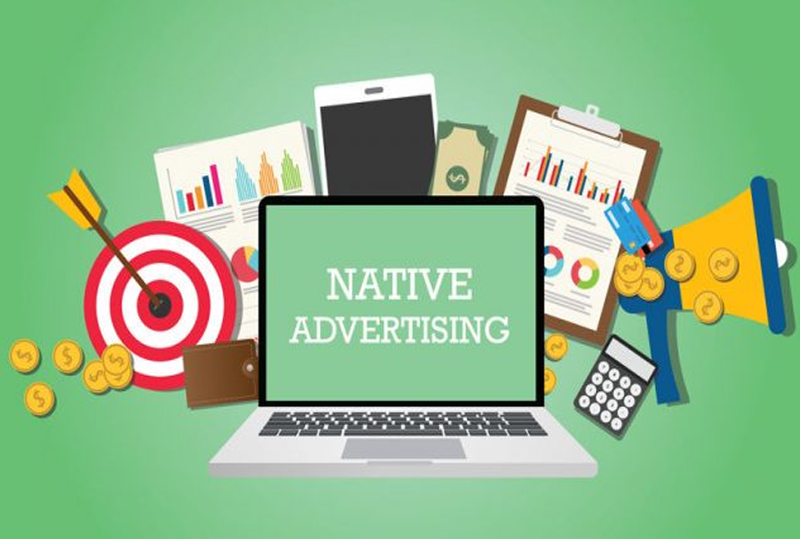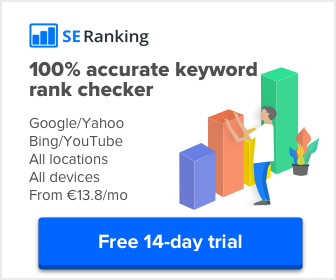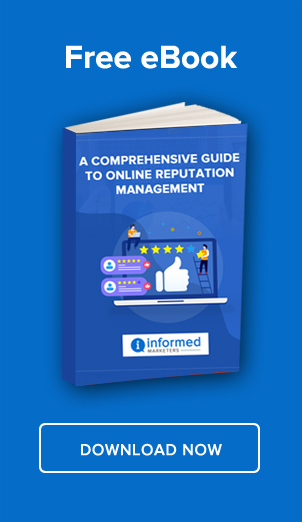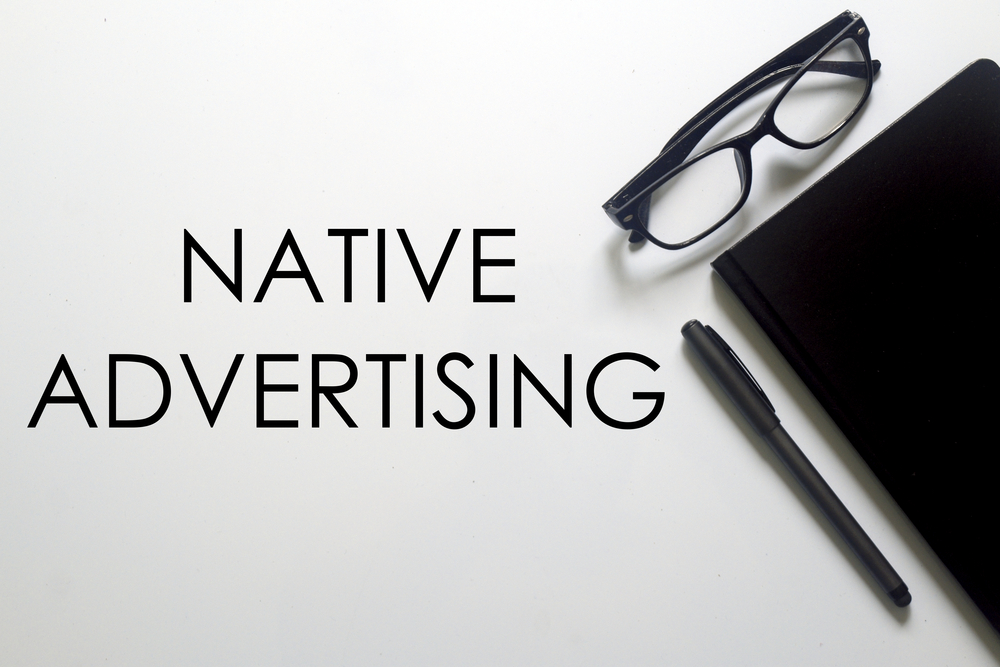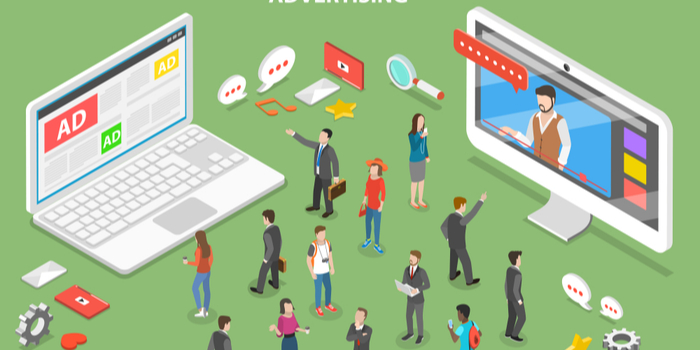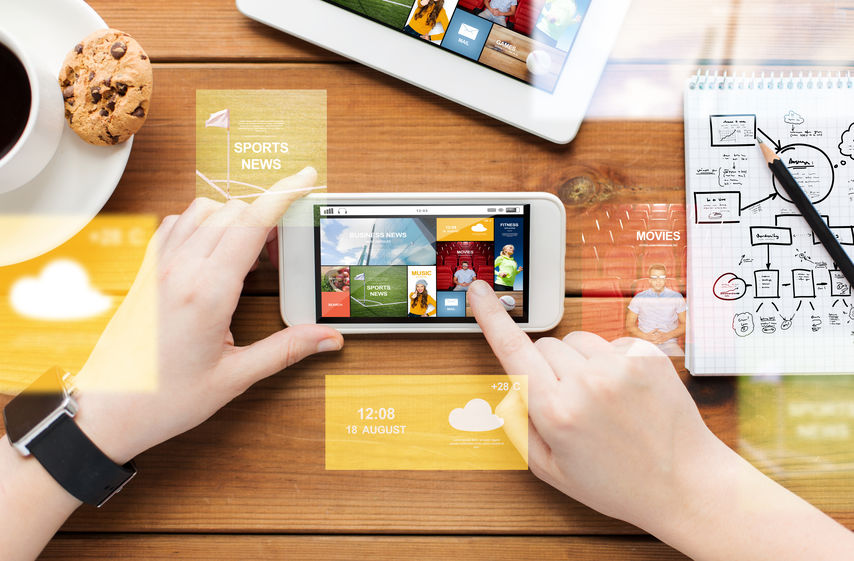The first web banner appeared in 1994 in the digital version of a well-known magazine.
However in the third millennium this genre became outdated.
Why you may ask.
Digitals ads are getting more ubiquitous and intrusive. And mind you this is not an isolated opinion. This is what research on users behavior reveal.
Majority of the people concur that not all display ads are bad but they want to filter out the loathsome ones.
People do tolerate some display ads but they feel interrupted and overwhelmed by most ads.
Some of the things about digital ads that annoy people include:
- Videos that auto-play
- Persuading them to watch or read something that sound hyper relevant but is not.
- Ads that looks highly unprofessional. Let us be straight. People nowadays are discerning.
- A feeling of being tracked, especially when they see ads on social media platforms.
- Telemarketing calls
- Direct mail ads.
People no longer want to face nuisance from marketers and advertisers.
Pushing products on unwilling consumers is now becoming passé.
In the present rapidly changing advertising landscape, the message for marketers is clear.
Advertising needs to transform – because more and more consumers are ignoring interruptive ads.
What does all this mean for marketers?
The answer seems to be obvious.
There is a clear preference among consumers for native advertising.
Native advertising is now a new approach for promoters to engage audiences as a better source of revenue for publishers and media agencies.
So let us now try to understand what native advertising is
Definitions are several.
But we can say native advertising is a type of promotional that blends with the website page content and is consistent with the general message the content wants to convey.
In other words, the advertisement or promotional has moved from its usual location on the screen that is the top bar or side column and merged or amalgamated into the very content of the page.
This kind of an innovation was essential.
As one marketer rightly pointed out, “In the advertising arena, not to be different is implicit suicide”.
For decades digital ads and content coexisted separately – on televisions, newspapers, and on social media.
Publishers concentrated on delivering great content with the objective of providing outstanding experience for users, while advertisers focused on garnering more customers.
The upshot of this was a glut of display ads that were intrusive and irrelevant.
Consumers are so much inundated with ads on their phones, in boxes and TV programs that the annoyance has led them to turn off or buy ad ad-blocking software, which literally means they are paying more money to be rid of commercials.
Native advertising emerged as a strategy that integrates the objectives of both the advertiser and publisher and puts the reader back in the center stage.
Here you promote your product or service tightly interwoven within the website so that the customers will not feel that the brand is advertised.
The key goal must be that the ads must not disrupt the user experience.
To achieve this, the dividing line between the content and the promotional must be blurred sufficiently.
Just visualize that you are leveraging the trust and credibility of another website to market your own brand in a subtle way.
But has this strategy proved profitable?
Definitely – we now know that the New York Times sold nearly $ 18 million worth of native ads in 2014. This American newspaper with worldwide influence and immense readership ran 50 native advertising campaigns.
So you can easily imagine that each piece was a highly profitable endeavor.
As per 2019 statistics, native advertising makes up for 60 percent of the market or upward of $ 32 billion.
Profits from traditional advertisements have shrunk and digital display ad formats have not restored the lost revenue.
Enter native advertising – and not surprisingly it has become the fastest growing advertising segment with a growth rate of 35% between 2017 and 2018.
But you need to be creative to make native ads work for your brand.
You must find the right platform.
Choose a platform that is relevant for your business. Analyze its targeting potential and its record of accomplishments.
Create similar look and users experiences
The core of a native ad is it must provide seamless user experience. Let your ad merge with content that the audience can relate to.
If you are a photographic equipment seller with content in your website about a scenic place in a mountainous region, provide breathtaking images of the region with a tourist dangling one of the brands in your kit – not making it too obvious but certainly noticeable.
Why such a tactic works
Such an image with content can be a great example of native advertising because it can be indistinguishable from direct advertising.
In a subtle way it can succeed in selling your product.
Here is another example.
If you are in the business of health and fitness, and offering an app for customized workouts and self-care guidance, you can include an image in a fitness magazine article that illustrates someone performing a 10 minute workout to burn say 300 calories.
With a compelling headline, high quality thumbnail, the reader can be directed to a landing page that meets his/ her expectations.
It can even persuade them to download your app.
With so much focus on consumer products, is there a place for native advertising in the B2B (business to business) domain?
The answer is a strong yes.
The consumer in the B2B segment is discerning and extremely quality and specification conscious.
So you need to put in place certain good practices for reaching out to B2B customers with native advertising.
Right targeting
Put some effort to build on an effective target audience. It is a process that requires experience and some amount of marketing expertise.
You may not see results straightaway but expect to see your campaign deliver ROI incrementally.
Carve out an interesting angle
Needless to say B2B field may appear drab and unexciting. But do not despair. There are ways wriggle out of this perception.
If you are a wind power station supplier committed to a green environment, include a photo of your windmills located in clean surroundings in an environment magazine or a website.
The picture can unobtrusively appear in an article that stresses on environment friendly renewable energy.
Today there are plenty of articles published on various platforms that speak of increasing energy demands and rising consumption of fossil fuels that push up emissions and global temperatures.
Your image with a link to your website can highlight the sustainability of wind energy as a clean fuel source.
Native advertising and the mobile
While native advertising does not necessarily spotlight on any device, marketers must not ignore mobile experience of users.
So the first step is to make your native ad mobile first rather than mobile friendly.
What does this mean?
It is not just about users being able to access your content on a mobile device, which means making your ad mobile friendly.
Your native ad’s form, content and quality and design and the content must create a seamless user experience.
Take advantage of the uniqueness of the mobile devices by synchronizing your native advertising with the following three aspects
- The device’s physical structure and features
- User intent – Try to anticipate why a user must come to a page or channel
- User experience
Keep in mind that the future of mobile advertising is native.
People are actively clinging to mobile technologies especially during these Covid-19 pandemic times.
Sooner than you can think, most of display advertising will go native and in-app.
Mobile devices are already accounting for most of the digital media consumption.
During these lockdown and stay-at-home days, people are actively using mobiles for content streaming, and ordering items online.
This is offering marketers and exciting opportunity to launch exciting and profitable native ad campaigns.
You can create mobile native ads that align with the form and function of the app with minimum interference to user experience.
The future of native advertising
Native ad spend is expected to rise exponentially with a forecast to achieve a global value of $ 400 billion by 2025.
But we are seeing some disruptions caused by Covid-19.
From media and publisher perspective native advertising has become somewhat complicated.
You need to be careful not to advertise wrong products or spread fake endorsements.
Despite the sensitive nature, native advertising can still be effective during this pandemic.
There are opportunities to promote impactful native ads in the following verticals.
- Health and wellness
- eCommerce
- Online courses, freelancing
- Gaming
- Groceries and home delivery
To summarize, native ads have an edge over display ads. They merge with the content and integrate better. They do not interrupt user experience.
But here are a few things you must keep in mind
- Make your ads look like true stories where your product improves the lives of people. Do not gloat about your brand
- Learn from excellent examples – Look for content or sponsored videos from well-known brands that showcase the right way to present native advertising.
- Keep in mind the consumer – Look from their perspective. Your native ad must be informative and interesting and not annoying and confusing.
